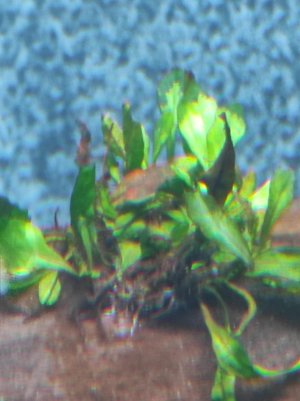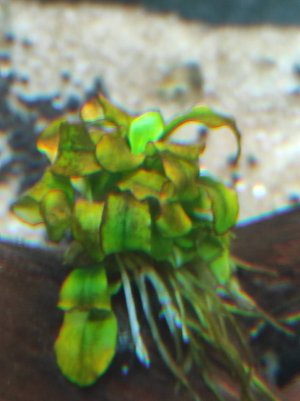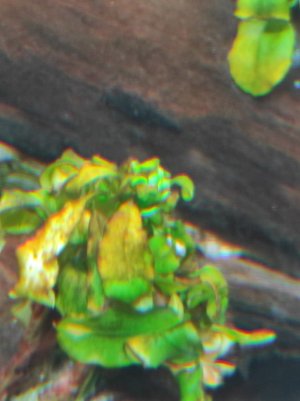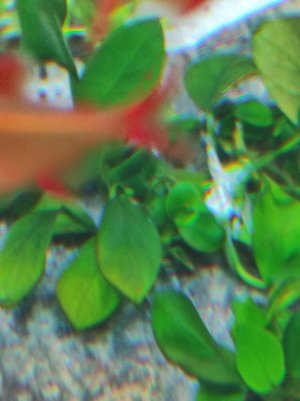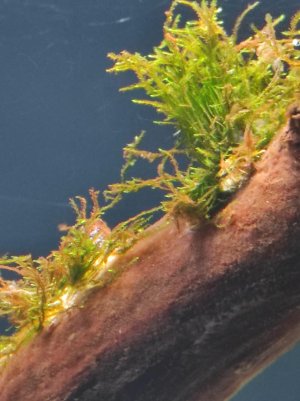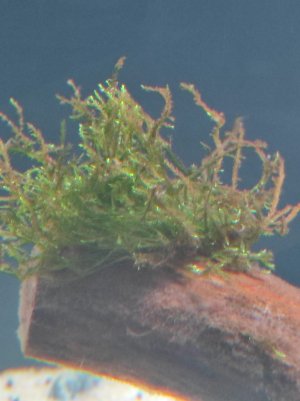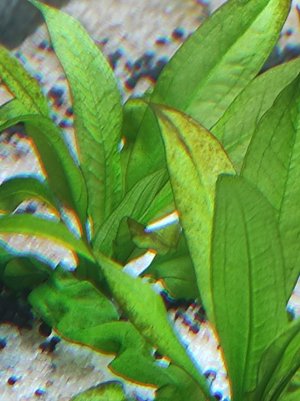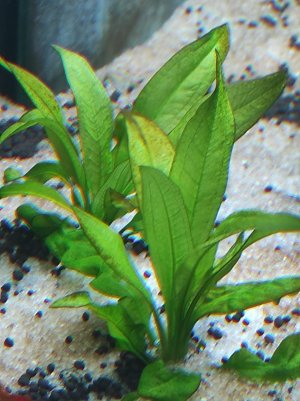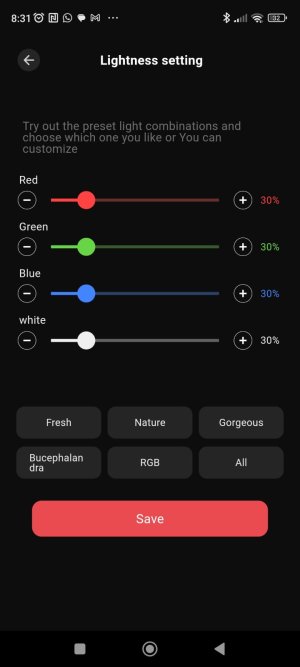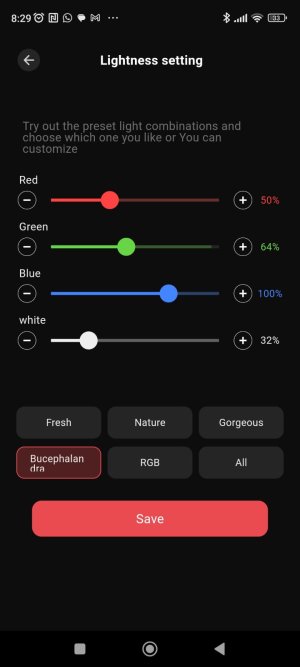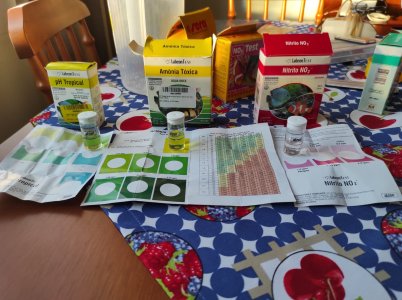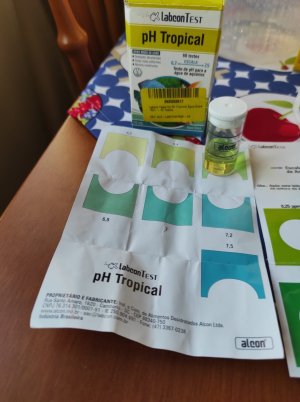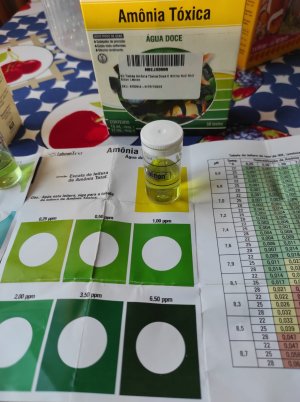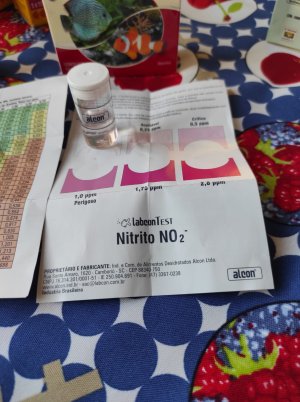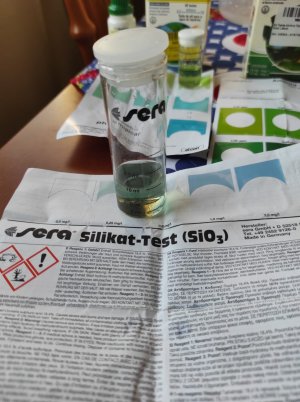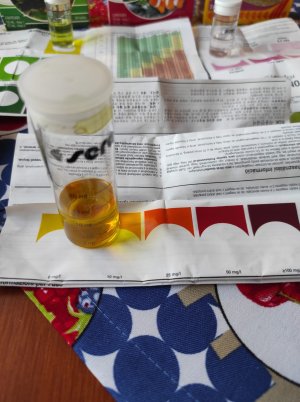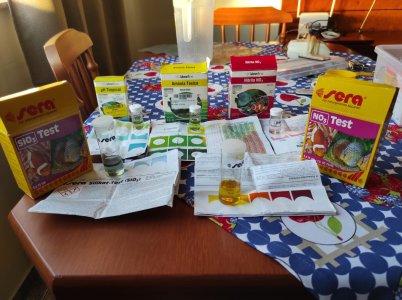Rudesindo
New member
- Aug 8, 2025
- 12
- 2
- 3
Hello friends. I'm having trouble keeping plants in my 120x60x60 aquarium + 70x50x50 sump. I fully cycled the aquarium for 62 days, and after parameters like ammonia and nitrite were zero, I did a 50% partial water change. A week later I introduced the following plants: 6 Microsorum Pteropus in vitro, 2 Echinodorus Amazonicus in vitro, 6 Bucephalandra sp. sintang in vitro, 3 Anubia barteri Nana in vitro, 2 Taxiphyllum barbieri in vitro, and 1 Hygrophila Polysperma Rosanervig in vitro. My light is a Chirihos Universal WRGB, with a 7-hour photoperiod and a Bucephalandra setting. I don't have CO2, and my substrate is Aqua Soil Amazonia Ada covered by a layer of white sand with a not very fine grain. I fertilize every other day with 5ml of potassium and 5ml of micronutrients (Magnesium 0.55%, Manganese 0.04%, Boron 0.007%, Copper 0.0005%, Molybdenum 0.0003%, Zinc 0.002%, Cobalt 0.006%, Phytohormones 0.003%).
All the plants are turning brown and dying, and since this is my first experience with plants, having always had a mbuna aquarium, I'm completely lost.
Does the Bucephalandra setup provide less light than my 60cm deep aquarium needs?
Am I using too much light? Am I fertilizing incorrectly?
Sorry for my Neanderthal English.
All the plants are turning brown and dying, and since this is my first experience with plants, having always had a mbuna aquarium, I'm completely lost.
Does the Bucephalandra setup provide less light than my 60cm deep aquarium needs?
Am I using too much light? Am I fertilizing incorrectly?
Sorry for my Neanderthal English.


